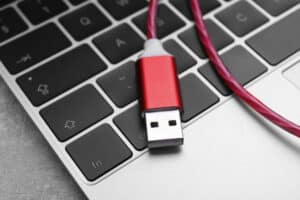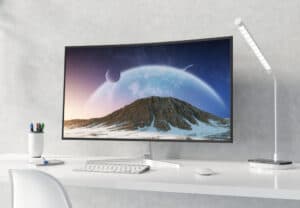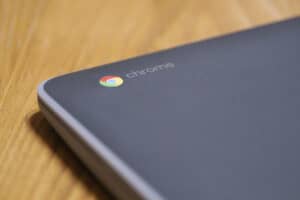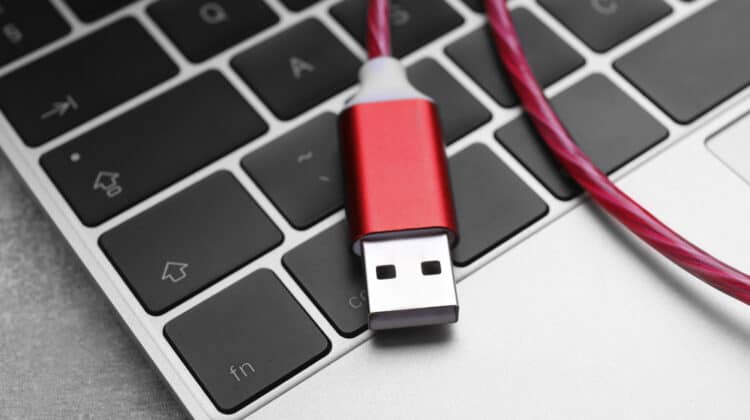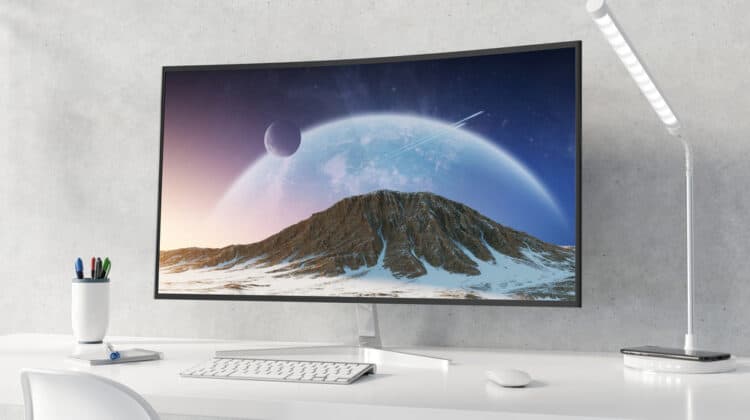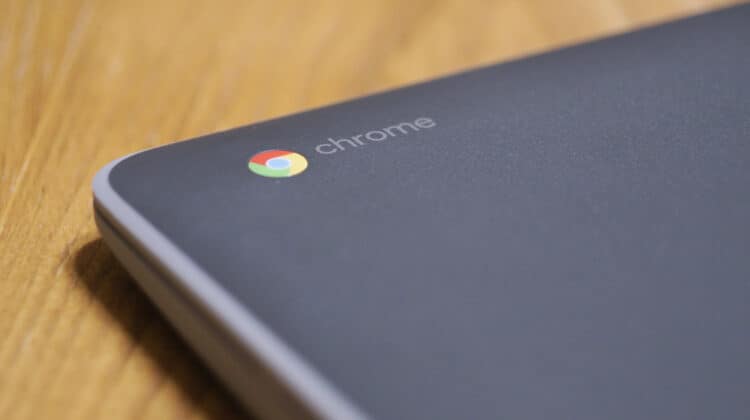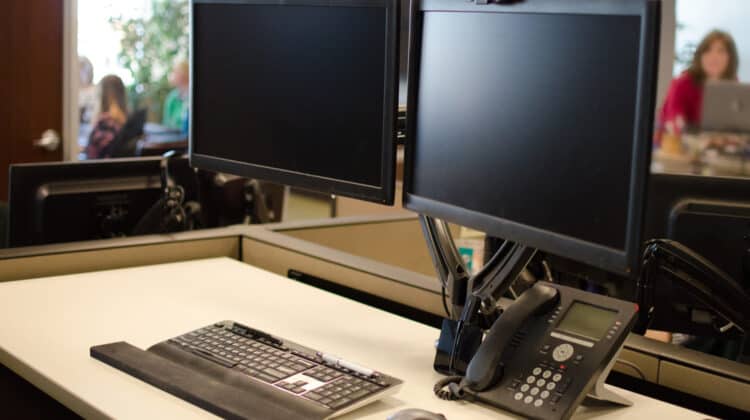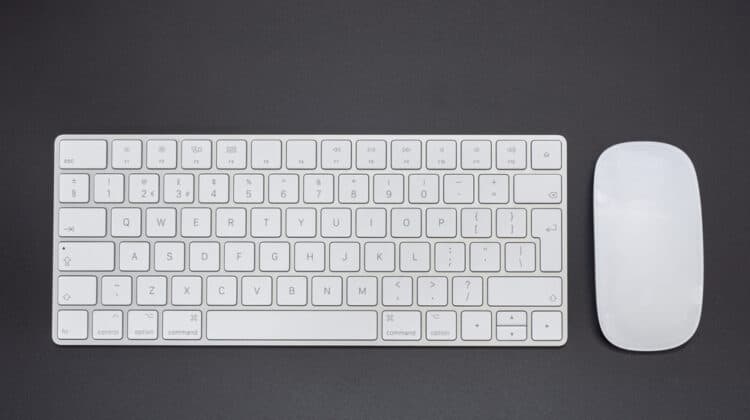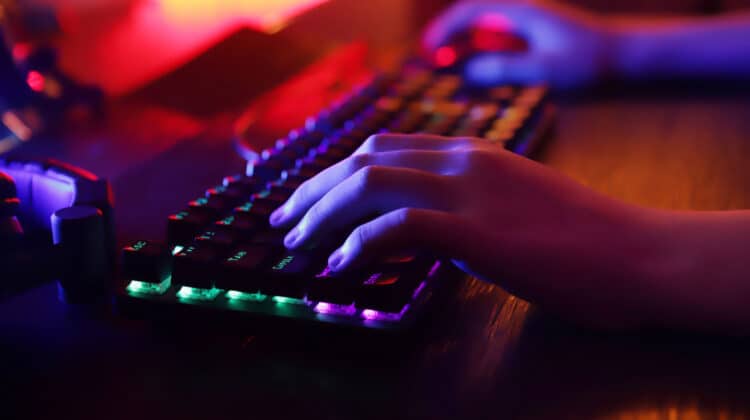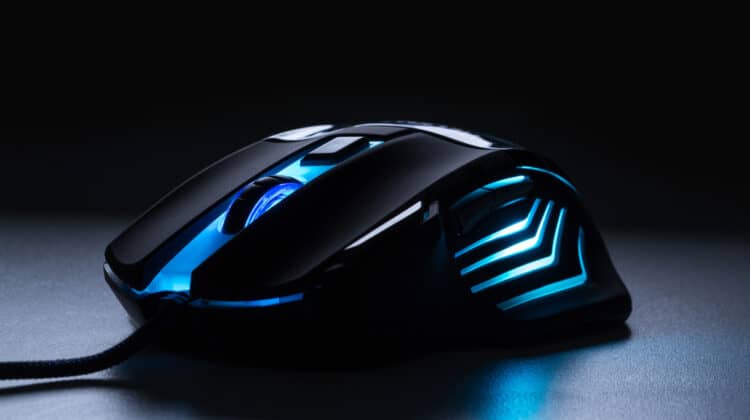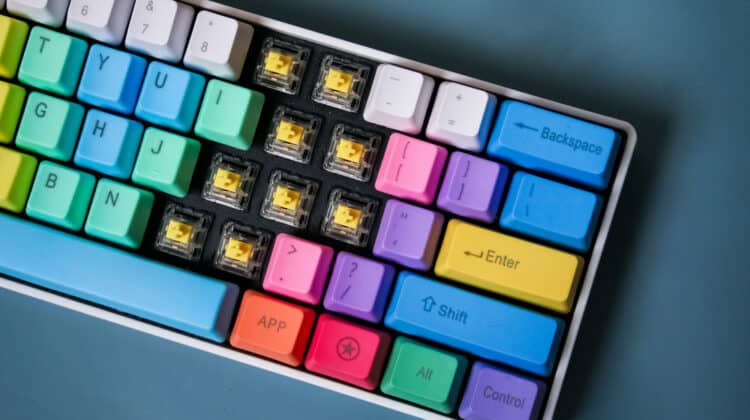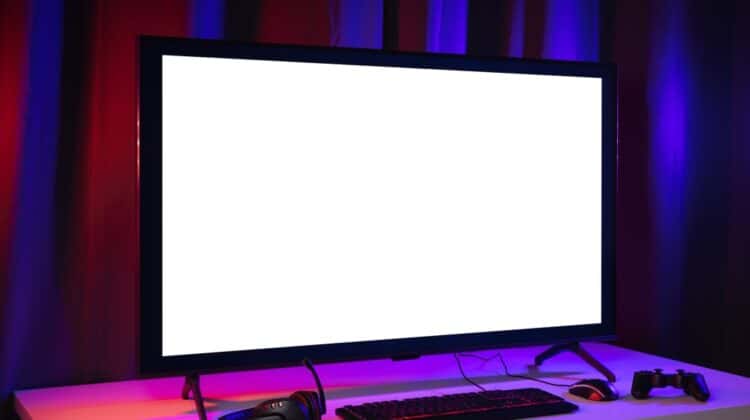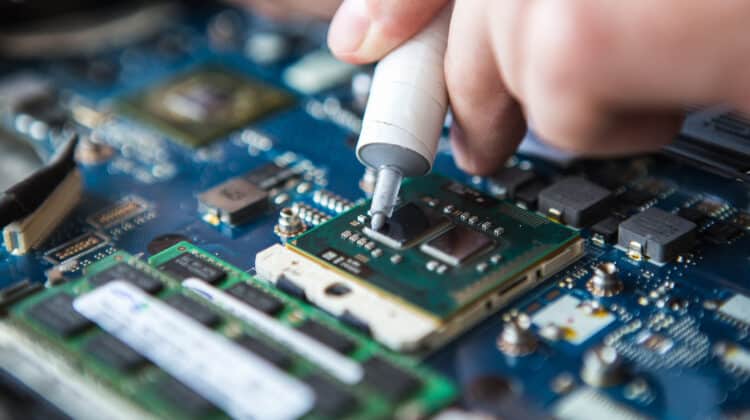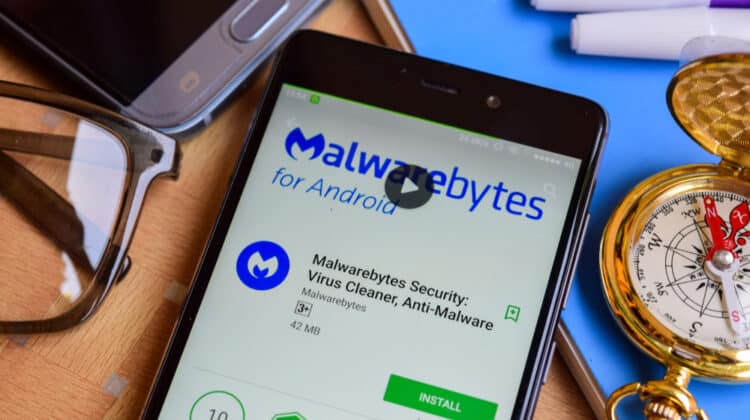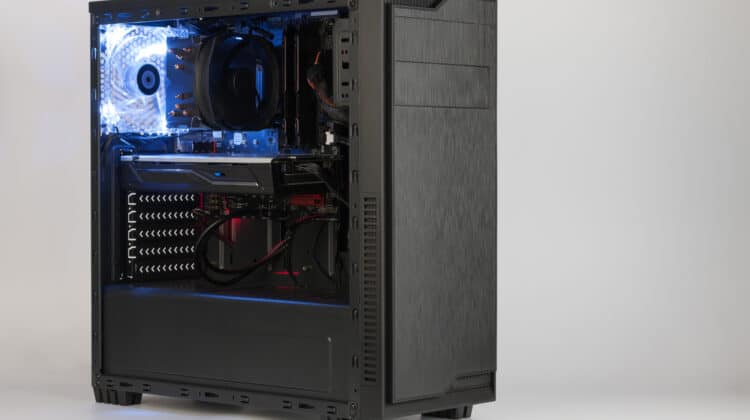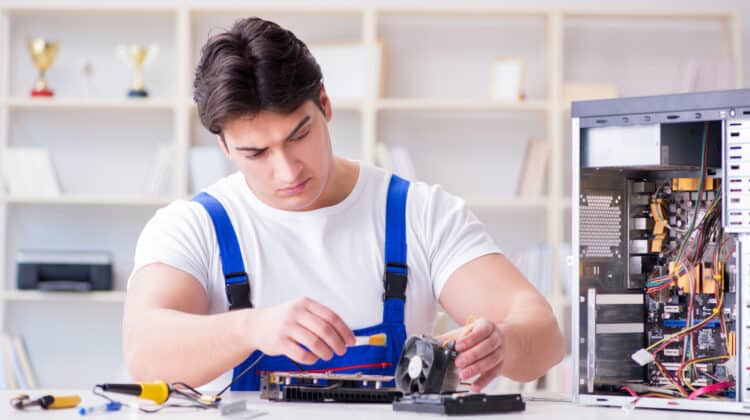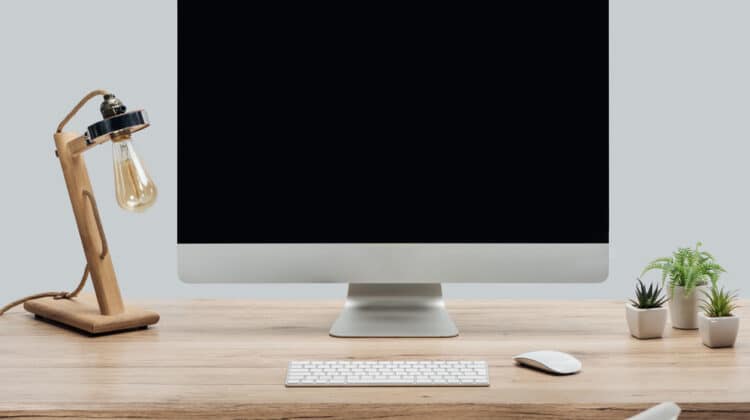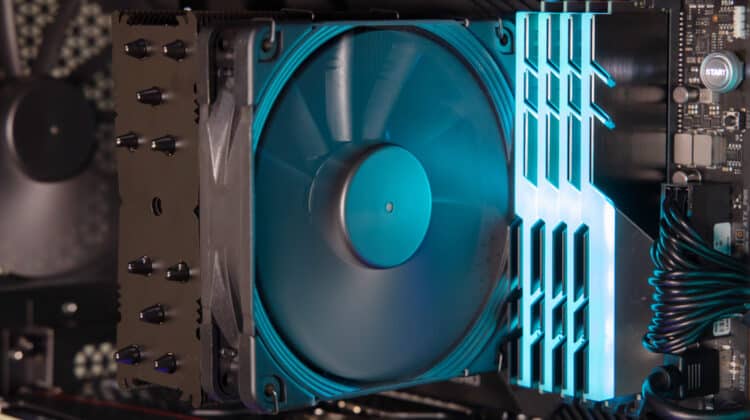
If your USB port is acting up, the first thing that comes to mind is dirt buildup, so you may want to clean it.
After all, you may not give the care you do to other components, especially the screen, to keep it in tiptop shape.
In addition, the USB ports are so tiny that you don’t think they attract dirt and may have trouble cleaning it.
Therefore, you might be wondering what’s the best and right way to clean your USB ports and if the cleaning process depends on the device.
How To Clean USB Ports (Step By Step)
1. Get What You Need

Before getting down to cleaning your PC’s USB ports, prepare the materials that you need for cleaning.
Depending on the type and amount of debris inside the ports, you may need different materials to get the grime out.
For example, if you only have loose dust inside the ports, you’ll need different tools than you would if the port were clogged with sticky gunk.
Below are the main items that you may need:
A. Rubbing Alcohol
Amazon Basics 70% Ethyl Rubbing Alcohol First Aid Antiseptic, Unscented, 16 Fluid Ounces (Previously Solimo)
One of the safest materials for cleaning electronics is Isopropyl alcohol, commonly sold as rubbing alcohol.
It’s easily available in different percentages of alcohol content.
The higher the alcohol content, the faster it will dry out, making it perfect for cleaning a USB port.
It’s also a great choice for stubborn grime because you can apply it several times to soak the dirt and remove it easily.
That’s the main reason for making alcohol a better choice over plain water since water can leave residue, doesn’t dry as fast, and can’t clean the debris as effectively.
A 99% alcohol concentration is recommended, but if you have a lower percentage, you’ll be fine.
You’ll only need to wait longer for it to evaporate.
The only catch is that alcohol can further damage your USB port if it’s already broken.
Note. Make sure it’s isopropyl alcohol and not ethyl alcohol because the latter can damage computer hardware.
B. Compressed Air
Falcon Dust, Off Compressed Gas (152a) Disposable Cleaning Duster, 1, Count, 3.5 oz Can (DPSJB),Black
Compressed air can be more effective than alcohol in cleaning electronics, particularly computer ports.
An electric blower is also a great option, but not every average user has one.
A can of compressed air is cheaper and more readily available.
Plus, with rubbing alcohol, you need a sharp object like a cotton swab and dip it in the liquid to apply it to the device.
While it can clean the USB port, you’re more likely to push the gunk deeper into the port if you don’t use the correct movements.
On the other hand, compressed air can blow out dirt and debris without driving things inside.
Compressed air cans have long, thin nozzles that can go inside tiny openings like USB ports without damaging the sensitive parts.
The only caveat about compressed air is that you must apply it by keeping the can upright.
Otherwise, the gas inside the can will turn into liquid and gets sprayed out, covering and potentially damaging the internal components.
You don’t need to worry about blowing the dust inside the computer case because USB ports don’t open into the inner case of a laptop or desktop PC.
The gas is also dangerous to inhale, so keep the can away from children.
In addition, the gas is extremely cold when sprayed, so never touch it.
Note. You may think you can blow into the ports with your mouth instead of using compressed air. However, you may blow moisture into the port, damaging it.
C. Toothpick
Comfy Package [1500 Count Bamboo Wooden Toothpicks Wood Round Double-Points Tooth Picks
If the gunk is not easy to remove, the above materials may not be enough
You may also need a toothpick to scratch the dirt and take it out gently.
You can use it for sticky or loose grime, dust, and debris.
Using anything with a sharp tip, such as a needle or safety pin, may be possible.
However, a toothpick is safer since it’s made of wood and thicker than a needle.
However, if it’s too thick for the port, you may need to cut or scrape it to fit the hole.
You’ll be less likely to damage the sensitive pins inside the port if you accidentally mishandle it.
Plus, unlike metal, wood isn’t conductive, eliminating the danger of electrocution or damaging the electronic components.
Alternatively, you could use a plastic interdental pick since it has a smaller tip than the toothpick and is made of plastic, which is also non-conductive.
D. Contact Cleaner
WD-40 Specialist Contact Cleaner Spray, 11 oz.
There’s a wide variety of contact cleaners on the market, which you can use to clean your computer surface, motherboard, CPU, and USB ports.
Electrical contact cleaners are suitable for computer components because they’re safe and dry out quickly.
You can either dip a cotton swab in the contact cleaner or spray the liquid directly into the port without worrying about damaging the port because it evaporates quickly.
Like the air spray, it can blast out the dust and debris without leaving any residue.
The best thing about contact cleaners is that they don’t need any rubbing or scrubbing since they’re powerful enough to remove any gunk with pressure.
As a result, you don’t need to worry about damaging or breaking the fragile contact pins inside the USB port.
Just make sure the port is dry before using the computer.
However, if you don’t have a contact cleaner, you can simply go with rubbing alcohol.
E. Lint-Free Microfiber Cloth
Puomue 6 Pack Microfiber Glass Cleaning Cloth, 16 Inch X 16 Inch, Lint Free Quickly Clean Window, Glasses, Windshields, Mirrors, and Stainless Steel, Blue
You may not need the microfiber cloth if you’re only cleaning the USB port.
However, you can use it to clean the dust or debris that comes out of the ports and rests on the other parts of the PC.
You may also want to clean all the other components after doing the USB port.
F. A Small Brush With Soft Bristles
Small Portable Nylon Anti Static Brushes Electronics Computer Keyboard Laptop Cleaning Brush Kit (Black, Set of 8)
If you have a small brush to go into the USB port, it’s a perfect tool to clean the port.
You can easily brush the dust out with or without wetting the bristles with rubbing alcohol or a contact cleaner.
You may also use a small toothbrush to remove the dust and gunk gently.
2. Prepare Your Working Area

Now that you have everything you need, you can prepare your working area.
If you want to use canned air or clean the entire PC, it’s better to move your PC outside to avoid scattering dust over your furniture.
Also, avoid a dusty environment since you may get more dust into the ports.
Put the PC on a desk, turn it off, and remove all the peripherals.
You may also want to drain the residual power by pressing and holding the power button.
Although cleaning a PC’s USB ports isn’t dangerous, complicated, or lengthy, you may want to stay safe because you are dealing with electronics after all.
3. Inspect The Port

You should have inspected the port carefully before preparing the cleaning materials to get the right one.
Get a flashlight and look into the port to see how dirty the port is.
Now, you should decide if you need to clean the port in different steps or if it’s doable in one go.
You can use an air spray or cotton swab dipped in rubbing alcohol if it’s just loose dirt.
However, sticky gunk requires physical scrubbing or chemical loosening.
If you use a toothpick to scrub the gunk, be careful not to damage the pins by circular movements.
Instead, insert the tip into the port and gently move it out.
4. Clean The Port

Now, you can start the actual cleaning process.
As mentioned, the choice of cleaning material depends on the degree of dirt, but you can use all the above tools if you want to be through.
Start by removing the sticky gunk (if any).
You can scratch it using a toothpick or loosen it with rubbing alcohol or contact cleaner.
Don’t apply pressure, especially if you feel resistance.
In such cases, you should change the direction to avoid jamming the port further.
Wait until the liquid evaporates.
Remember not to use a new cotton swab to dry out the liquid because you may get lint inside the port.
Then, use the canned air to blow out the dust with short but controlled bursts, holding the container straight up.
You can repeat the process as much as you want until you’re convinced the port is clean.
After the port is dry, you can safely use your computer without worrying about moisture.
Cleaning A Phone’s USB Port

Most modern smartphones have a USB-C port, making them more difficult to clean due to their narrower opening.
In addition, you constantly use the port for charging your phone.
Thus, it’s less likely to develop dust buildup unless you face an unfortunate incident that clogs your USB-C port with sticky gunk.
On other occasions, you may put your phone inside your bag or pocket, getting loose debris inside the port.
Although you can clean the USB-C port through the steps described above, you may want to skip some parts.
For example, you can’t use the cotton swab dipped in alcohol because the port is too narrow, and you don’t have wiggle room to move out the dirt.
Even if you can insert the toothpick in the port, you need to be extra cautious in moving the tip to avoid damaging the connectors.
The best option is canned air because it’s harmless and doesn’t involve physical contact that can damage the port.
In both cases, you should avoid metal objects like needles or safety pins to avoid physical damage.
You can also use small gadgets designed for cleaning different components of a smartphone, but you can do it the old-fashioned way if you don’t have access to these gadgets.
The most important thing to do when using an air spray is to avoid pushing the nozzle into the port.
Give it some distance to prevent condensation.
Note. If you don’t feel comfortable with the process and fear you may damage your phone, take the always recommended path.
Take your phone to a professional who safely cleans your USB port with their specialized tools without damaging it.
When Do You Need To Clean The USB Port?

USB ports are one of the most neglected computer parts because we always take them for granted as reliable components.
However, these unassuming ports are as essential as others and require the same attention as other parts.
You should always ensure they’re clean and dust-free by inspecting and cleaning them whenever you clean your computer.
However, your computer or smartphone’s USB port may require a separate cleaning if you notice the following symptoms:
1. Your Phone Doesn’t Charge
If the phone’s USB port is clogged, its connectors can’t touch the charger’s pins properly.
Your phone can’t charge at all or takes unusually long.
It’s the first sign that indicates your USB port is clogged.
2. The Device Can’t Transfer Data
USB connections are excellent ways to transfer data between devices, be it a smartphone, a computer, a gaming console, etc.
However, if the port is clogged, it can’t transfer data because the connector pins can’t make full contact.
If your devices can’t connect via USB, you should first check for dust and debris buildup inside the ports.
3. The Cable Can’t Go All In
This is another telltale sign of a clogged USB port.
When you try to insert the cable into the port, it seems to face resistance and can’t go all in.
Maybe you have to insert it from a specific angle because, otherwise, it won’t go in.
Another sign is that you hear a crunching noise showing there’s debris inside the port.
Perhaps the charger does go in but comes out shortly after.
4. Your USB Cable Works With Other Devices
If you suspect your USB port is clogged or damaged, you should make sure by connecting the USB cable to another device.
If it works, you can be sure that the port has issues.
To ensure it’s clogged and not broken, you can look inside the port using a flashlight.
How To Prevent USB Ports From Getting Clogged

Regardless of which device your USB port is on, it can always collect dust and debris.
If you don’t move your laptop or PC much and work in a dusty environment, your USB port may get clogged with dust.
If you don’t pay attention to the signs mentioned above, dust and debris can damage your port and make it non-functional over time.
It’s better to prevent the problem by following these rules:
1. Keep Your Device In A Clean Environment
Regardless of the device, you should always make sure it’s in a clean and dust-free environment.
Your phone’s USB port is highly susceptible to collecting dust and gunk if you put it in your pocket or bag.
You can easily prevent this issue by keeping your clothes and pockets clean and lint-free.
The same goes for your bag.
If you keep different things in your bag, make sure they don’t leave residue or gunk.
Empty your bag regularly and shake it to remove all the dirt and debris.
Plus, always put your phone in your pocket or bag with the USB port facing up to prevent debris from getting in.
For PCs and gaming consoles, the most important thing is to keep the device in a dust-free room.
While ensuring proper ventilation, you don’t want to drive more dust into the PC ports.
As a result, you should avoid putting your PC behind a window with a lot of airflow.
2. Cover The Ports
If you can’t control the environment, you can still block dust and gunk from getting into the ports
You can try different things to cover the USB port when you don’t need it.
That’s particularly helpful for PCs and gaming consoles with different connection ports since you may never use the USB ports.
A dust plug is a useful tool that keeps your USB port covered until the next use.
If you can’t find one, you can use the ubiquitous adhesive tape found in every home.
You can use any type but go for one that doesn’t leave residue after removal.
And for a smartphone, in addition to the above solutions, you can get a phone case that covers the USB port.
You can also get a magnetic phone charger that goes inside the USB port.
It has an accompanying cable that connects to the magnet and charges your phone.
This way, you don’t need to remove the cover whenever you want to charge your device.
NEXT: Will Factory Resetting A Computer Make It Faster? (Explained)





